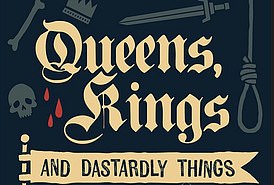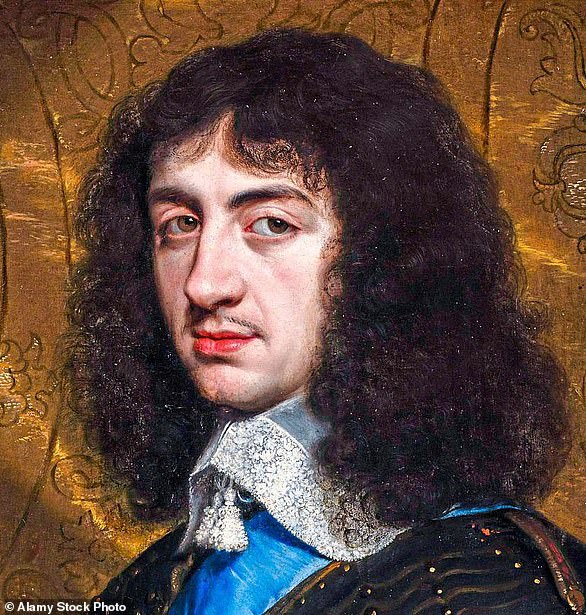Was King Charles II Britain’s most promiscuous monarch? The Mail’s Robert Hardman and historian Kate Williams examine the lives of three of his many mistresses in new podcast
He was the ‘merry monarch’, the king who loved nothing more than playing in the hay and partying with drink.
King Charles II is believed to have fathered at least twelve illegitimate children and had numerous lovers. However, he never fathered an heir with his wife, Catherine of Braganza.
His favourite mistresses included Barbara Villiers, actress Nell Gwynn and the Welsh beauty Lucy Walters.
The relationship between the 17th-century monarch and these three women is explored in the fifth episode of the new Daily Mail podcast Queens, Kings and Dastardly Things.
Mail columnist and royal biographer Robert Hardman and co-host Professor Kate Williams investigate whether Charles was Britain’s most promiscuous monarch.
Mr Hardman said of Charles: ‘This week we turn our attention to someone who can only be described as one of the most womanising in royal history.
‘A man who was an early fashion innovator, a scientific innovator, a man who ushered in a new era of hedonism and partying.
‘A man whose illegitimate children were at least twelve years old and whose sexual desires caused him to be compared to a racehorse.’
Listen to the latest episode: Was King Charles II Britain’s sexiest monarch?
The extraordinary promiscuity of King Charles II is explored in the final episode of the Daily Mail podcast Queens, Kings and Dastardly Things. Above: Rufus Sewell as the monarch opposite Emma Pierson as mistress Nell Gwynn in the 2003 BBC series Charles II: The Power and the Passion
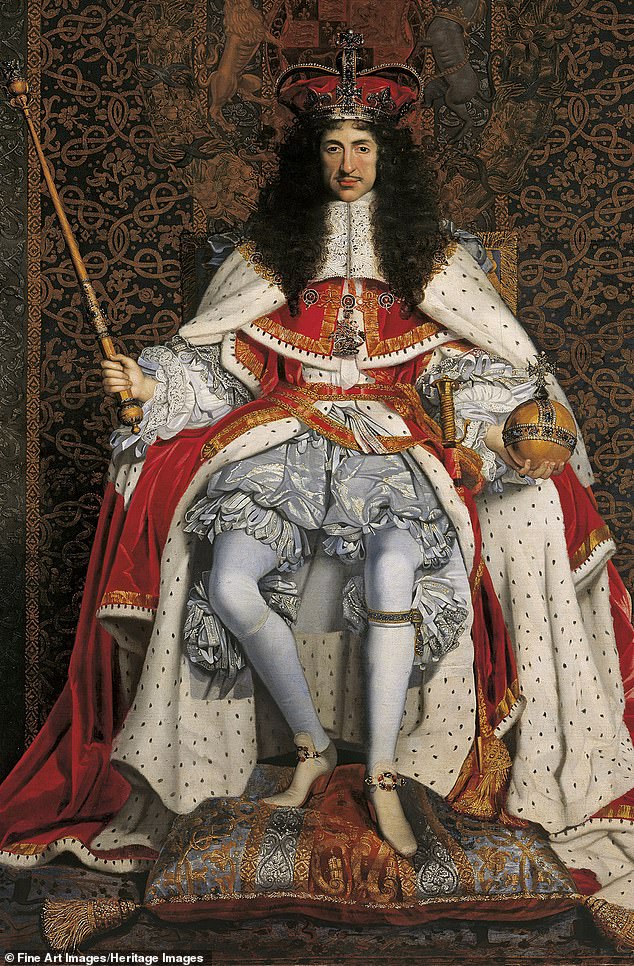
King Charles II (pictured) was born at St James’s Palace on 29 May 1630 and was the eldest surviving son of Charles I.
Barbara Villiers, Countess of Castlemaine, was perhaps Charles’s most famous mistress.
She was known as a sensational beauty and gave birth to five of the king’s illegitimate children.
She had joined Charles’s court while he was still in exile in Holland, so when he became king when the monarchy was restored in 1660, Barbara had a firm place in his affections.
Charles impregnated her before he married Catherine of Braganza, and subsequently appointed Barbara as his wife’s lady-in-waiting.
She eventually fell out of favour when the king set his sights on actress Nell Gwynn, who had worked her way up from an orange seller at Drury Lane.
The Duke of Buckingham, eager to take over Barbara’s dominant position at court, had introduced the beautiful Nell to the King in the hope that he would fall in love with her.
The king was so charmed by her that he kept a nude portrait of her in a secret compartment in his bedroom.
She also bore his children and was given money and titles. The king even made sure that she would be taken care of after his death.
And he appointed her son Duke of St Albans after being shocked by the way she called him a “little brat” in front of him.
Charles lost his virginity to his former nurse, Christaballa Wyndham, when he was 15 and she was in her late 30s.
But his first mistress – when he was 18 and living in exile – was Lucy Walter.
His relationship with the Welsh beauty led to the birth of James, who was created Duke of Monmouth by the king.
But within two years of their relationship, Charles left the continent and moved to Scotland, where he hoped to regain his birthright.

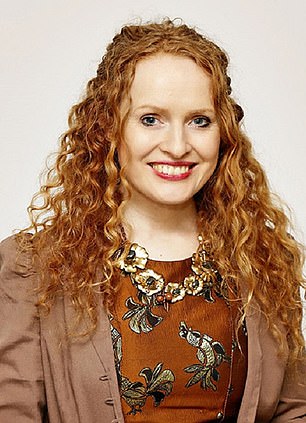
The podcast is presented by Mail columnist and royal biographer Robert Hardman and historian Professor Kate Williams
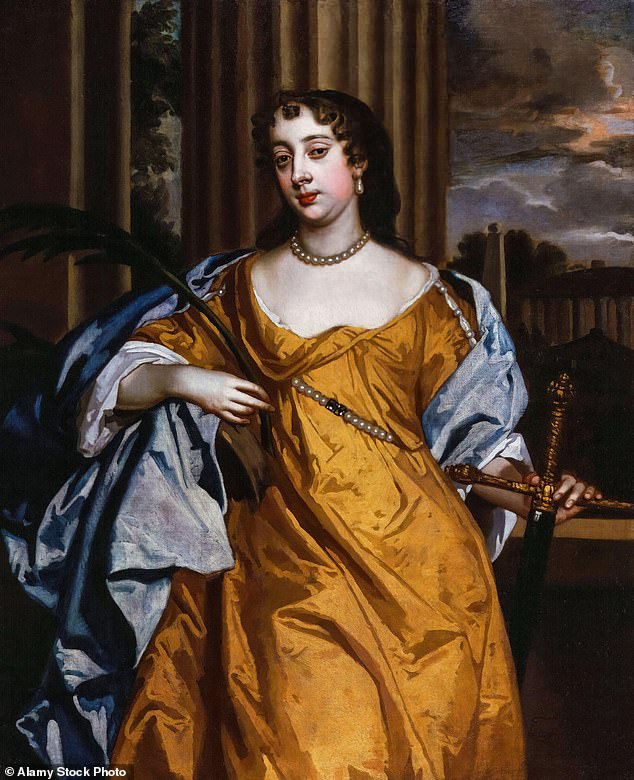
Barbara Villiers, the Countess of Castlemaine, was perhaps Charles’s most famous mistress
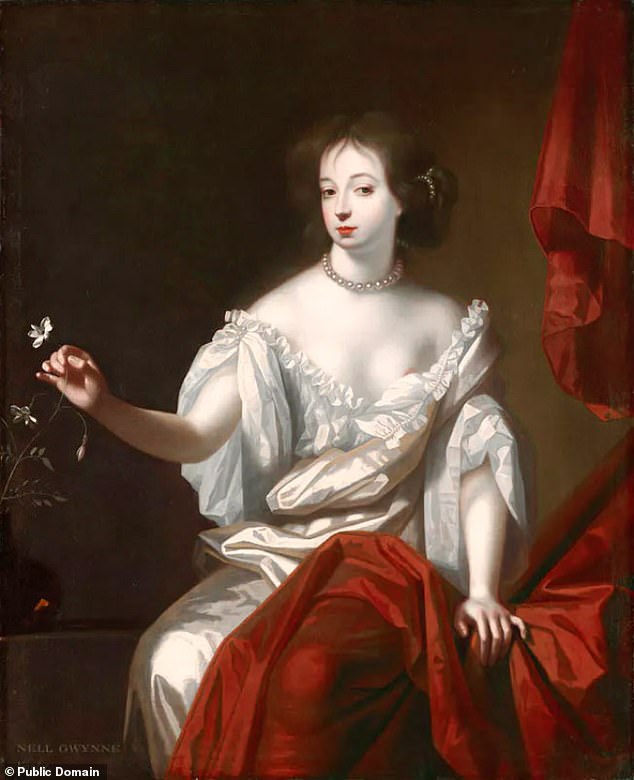
Actress Nell Gwynn, who had worked her way up from selling oranges on Drury Lane
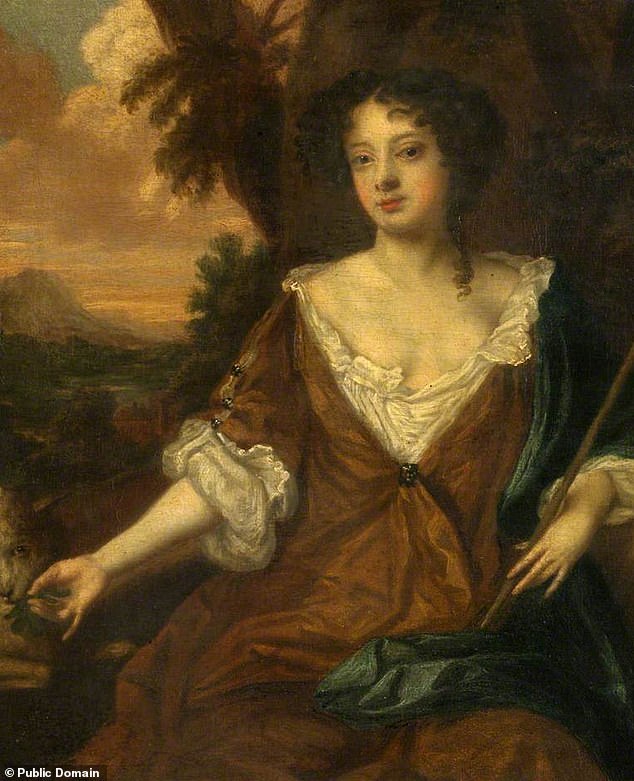
Charles’ first mistress was the Welsh beauty Lucy Walter. His relationship with her led to the birth of James, Duke of Monmouth
Lucy refused to give up their romance and was persuaded by the king’s friends to return to England in exchange for an annual allowance.
But Oliver Cromwell, then Lord Protector of England, had her arrested and imprisoned in the Tower of London.
She was subsequently released and, now penniless, sent back to the Netherlands.
Professor Williams calls her treatment “murky” and questions why Lucy was sent to England when Charles’ friends knew Cromwell would suspect her.
As she and Mr. Hardman reveal in the podcasther relationship with the king did not have a happy ending.
Her son, the Duke of Monmouth, would start a rebellion against Charles’ successor and brother, King James II.
Meanwhile, while the king was making love to his mistresses, his wife was being marginalized.
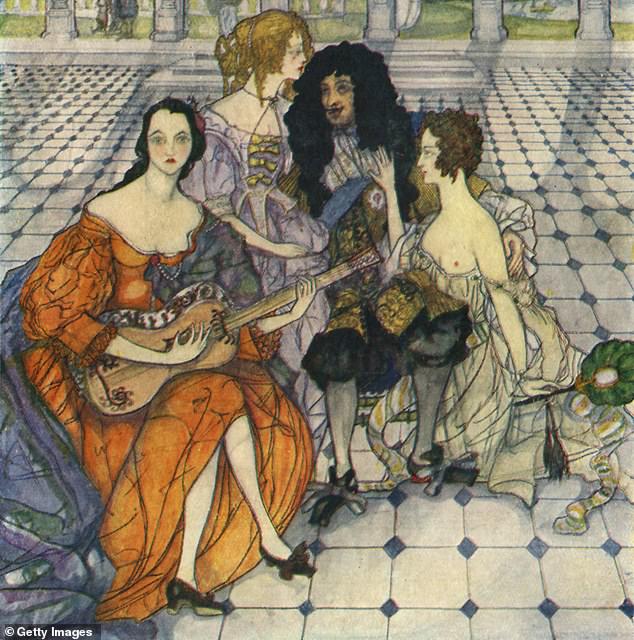
Image of King Charles II by artist Kitty Shannon with his mistresses Nell Gwynn, Louise de Kérouaille and Hortense Mancini
The Portuguese queen tried to prevent her mistress Barbara from becoming her lady-in-waiting, but the king persisted and even cruelly sent her Portuguese ladies-in-waiting home.
Professor Williams says: ‘So it’s a very hard life. And on top of that, she knows people don’t like her because she’s Catholic.
‘She knows that people think she has influence over the king because she is Catholic.’
Mr Hardman added: ‘It’s interesting that Kate thinks about these two sides of Charles II. There’s the jolly, dashing monarch, but there’s also a very dark side to him.’
The French king Louis XIV was well aware of the king’s libido and sent the beautiful Louise de Kérouaille to influence his rival.
During her stay with the king, she was tasked with promoting the interests of France and Catholicism.
But during a debauched night with Louise and two other mistresses in 1685, the king became seriously ill and had to be treated by royal physicians.
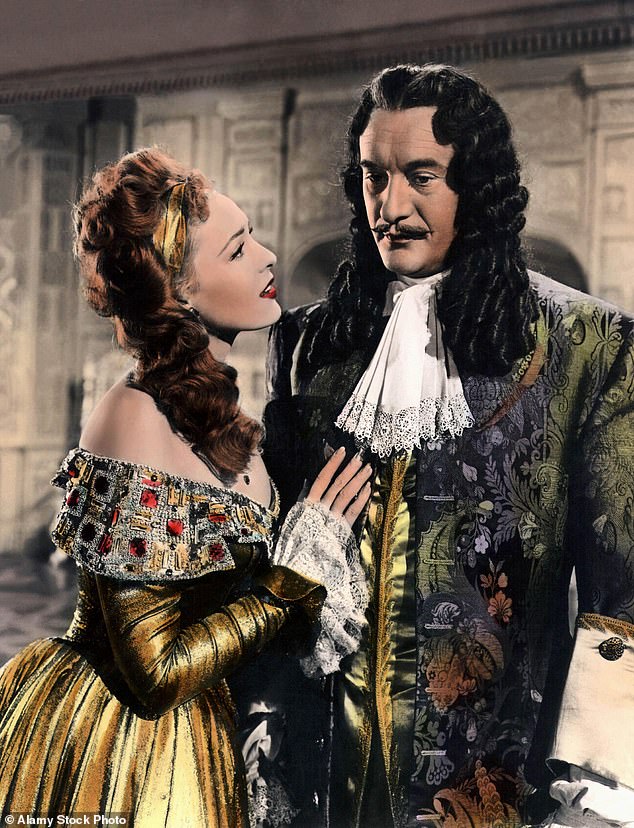
George Sanders as King Charles II alongside Linda Darnell as character Amber St Clair in the 1947 film Forever Amber
But the ‘cures’ the doctors administered did not help their patient; instead, they caused him great pain.
The King died four days later, on 6 February 1685. He was buried in Westminster Abbey.
Without any heir, his brother James II left the throne.
To hear the experts’ overall verdict on Charles, listen to episode five of Queens, Kings and Dastardly Things – which comes out today – wherever you Podcasts.
Robert Hardman is the author of books such as Queen of Our Times: The Life of Elizabeth II and Charles III: New King. New Court. The Inside Story.
Professor Kate Williams is the author of the recently published book The Royal Palaces: Secrets and Scandals, and many other works.

